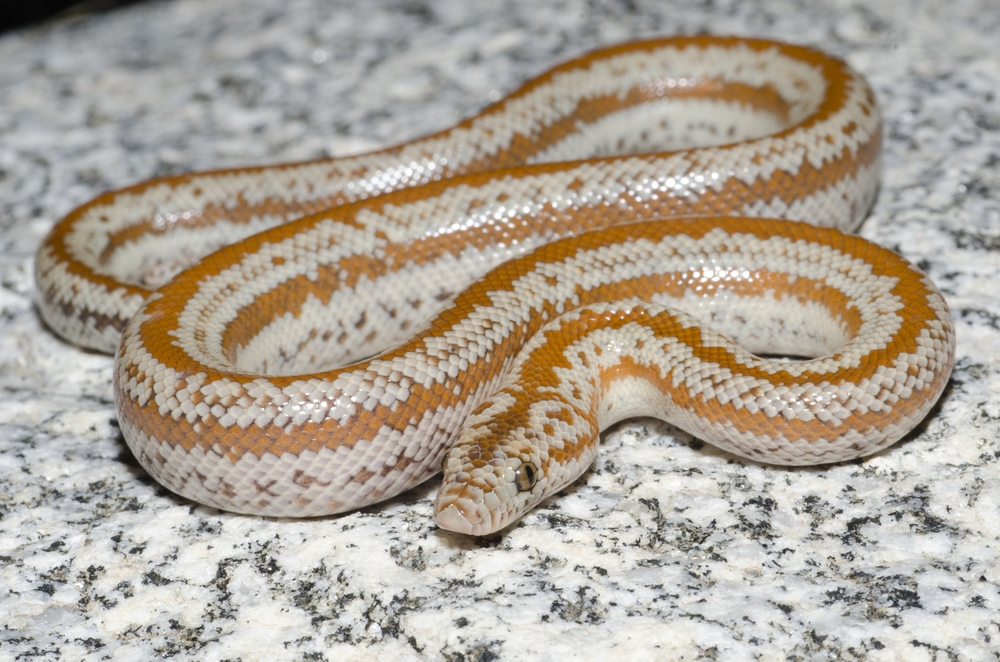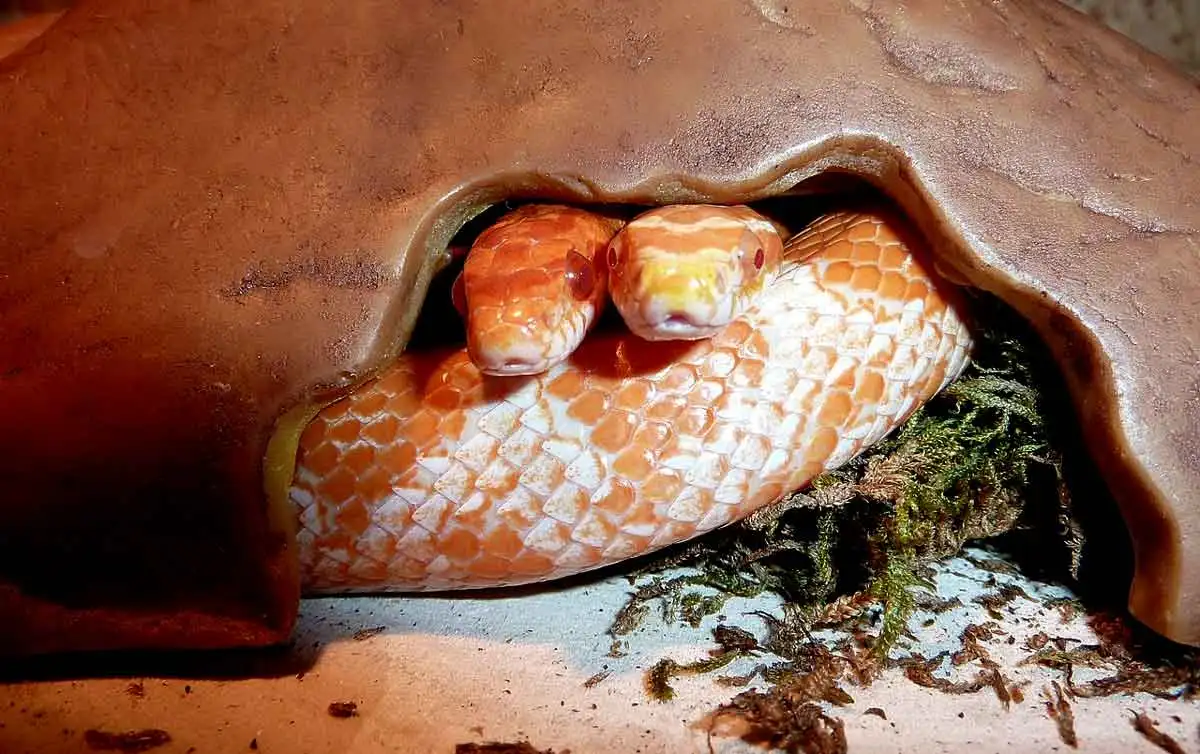Satisfy Your Inquisitiveness: Snake for Sale Inventory Introduced
How to Develop the Perfect Habitat for Your Pet Snake
Developing the optimal environment for your pet serpent is critical to ensuring its health and well-being. From choosing the ideal unit to offering the appropriate temperature and humidity levels, there are different variables to think about when establishing a habitat that imitates your snake's natural atmosphere. By recognizing the particular needs of your snake varieties and executing the required components in its environment, you can create a space where your animal can prosper. Let's discover the crucial parts that go right into making the ideal home for your slithery companion.
Selecting the Right Enclosure
Choosing the ideal room is essential in giving an appropriate space for your animal serpent. The enclosure offers as the snake's main habitat, influencing its general health and habits. When selecting an unit for your pet snake, there are numerous elements to consider to ensure a comfortable and secure environment. The size of the unit is crucial, as it needs to be sizable sufficient to permit the snake to walk around easily. A basic policy of thumb is to provide a habitat that is at the very least as long as the serpent's length and wide enough for it to extend out conveniently.
Timber and PVC enclosures provide excellent insulation, which is important for managing temperature and moisture levels within the habitat. Inevitably, the unit must imitate the serpent's all-natural environment as carefully as possible to ensure its wellness and happiness.
Establishing Temperature and Moisture Levels
In order to provide a conducive living atmosphere for your pet dog serpent within the chosen enclosure, focus to keeping ideal temperature and moisture degrees is paramount. Serpents are ectothermic animals, meaning they depend on external sources to manage their body temperature level. For most serpent species, the ideal temperature level ranges in between 75-85 ° F(24-29 ° C) on the cooler end and 85-90 ° F(29-32 ° C) on the warmer end. To accomplish this gradient, you can use hot pad, heat lamps, or ceramic heating units. It is important to position thermostats at both ends of the room to monitor the temperature consistently.
The appropriate moisture degree varies depending on the snake species, with the majority of needing degrees in between 40-60%. By vigilantly keeping track of and readjusting temperature level and moisture degrees, you can develop a secure and comfy habitat for your beloved pet dog serpent.
Providing Adequate Hiding Places
Making certain the accessibility of ideal hiding places is necessary for developing a stress-free atmosphere for your family pet serpent. To imitate their all-natural habitat, offer at the very least two hiding spots in your serpent's unit-- one on the warmer side and one on the cooler side.

Picking the Appropriate Substrate
To develop a suitable environment for your pet serpent, what factors should be considered when choosing the ideal substratum? Selecting the best substrate for your pet snake is vital for preserving its wellness and health. When selecting a substratum, a number of factors need to be considered.
Firstly, the substrate ought to resemble the serpent's natural surroundings as closely as feasible. Various snake varieties have various habitat preferences, so it read this is important to research your details serpent's natural environment to pick an appropriate substratum. Desert-dwelling serpents might call for a sandy substrate, while forest-dwelling serpents might like a more moist substratum like cypress next page mulch or coconut husk.
Choose for substratums that are non-toxic and very easy to clean to maintain a hygienic environment for your pet dog serpent. By very carefully considering these factors, you can produce a comfortable and safe habitat for your family pet serpent.
Offering Correct Lighting and Heating

When it involves illumination, snakes have particular illumination requirements to resemble their all-natural setting. Ultraviolet (UV) lighting may be required for specific serpent types to aid with calcium absorption and vitamin D synthesis. However, not all snakes need UV lights, so it's vital to investigate your details snake species' needs.
To offer the appropriate equilibrium of lighting and heating, consider utilizing a combination of overhead heating lamps, home heating pads, and thermostats to regulate temperature levels properly. Make sure that your serpent's habitat has a temperature level slope, enabling it to move in between warmer and cooler areas as required. snake for sale. By providing proper lights and home heating, you can produce a healthy and comfy setting for your pet serpent
Conclusion
In verdict, creating the excellent habitat for your pet snake involves choosing the right room, establishing up ideal temperature level and humidity degrees, supplying adequate hiding places, choosing the appropriate substratum, and providing correct illumination and heating. By complying with these guidelines, you can make sure that your snake has a comfy and healthy setting to flourish in. Remember to on a regular basis keep an eye on and adjust the environment as needed to fulfill your serpent's specific requirements.
To create an appropriate habitat for your pet dog more information serpent, what factors should be taken into consideration when choosing the proper substrate? Different snake types have different habitat preferences, so it is vital to research your details snake's indigenous setting to select an ideal substratum. Desert-dwelling serpents may need a sandy substrate, while forest-dwelling serpents might prefer a much more moist substrate like cypress mulch or coconut husk.
Not all serpents need UV lighting, so it's essential to investigate your details serpent types' needs.
